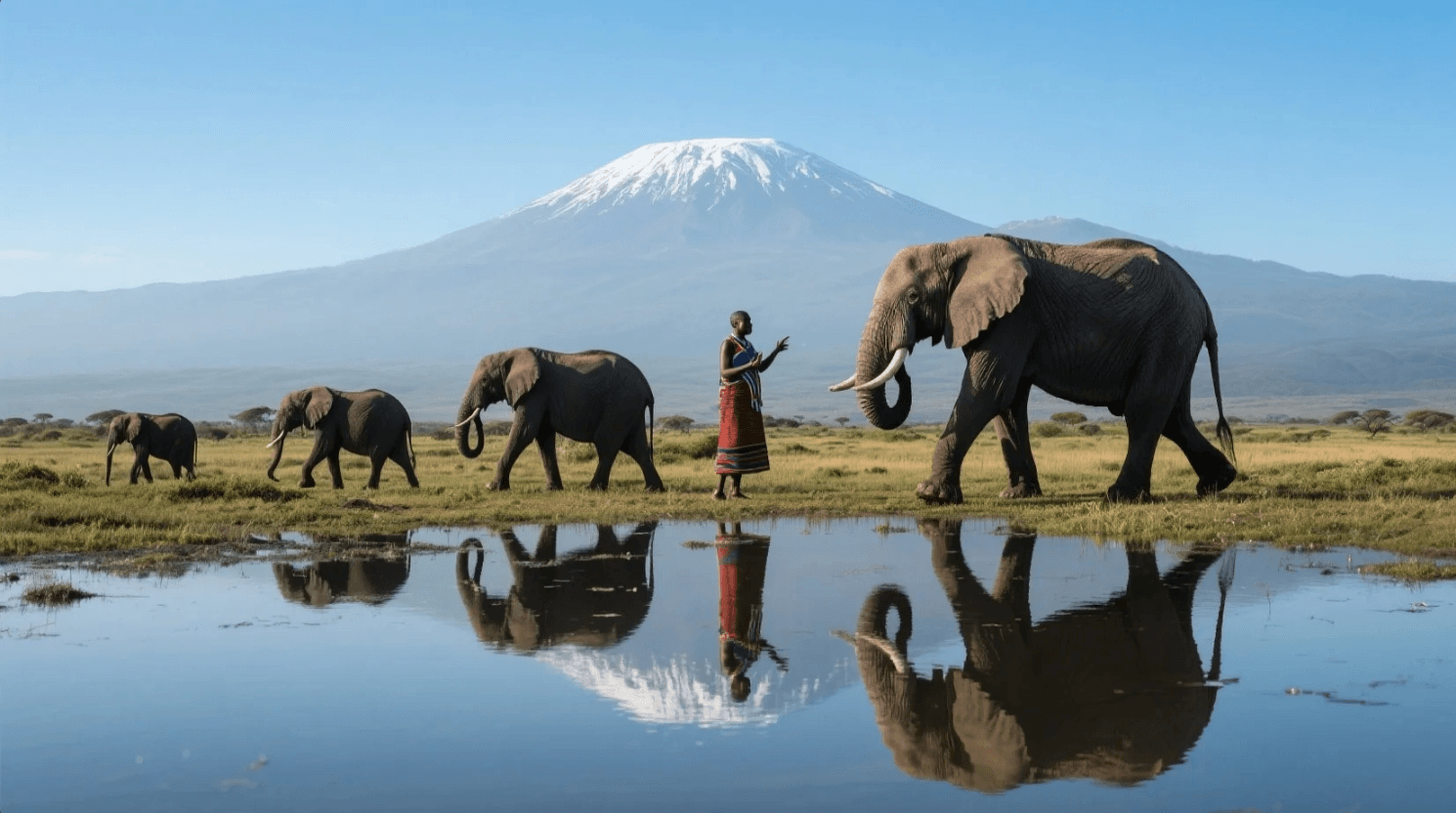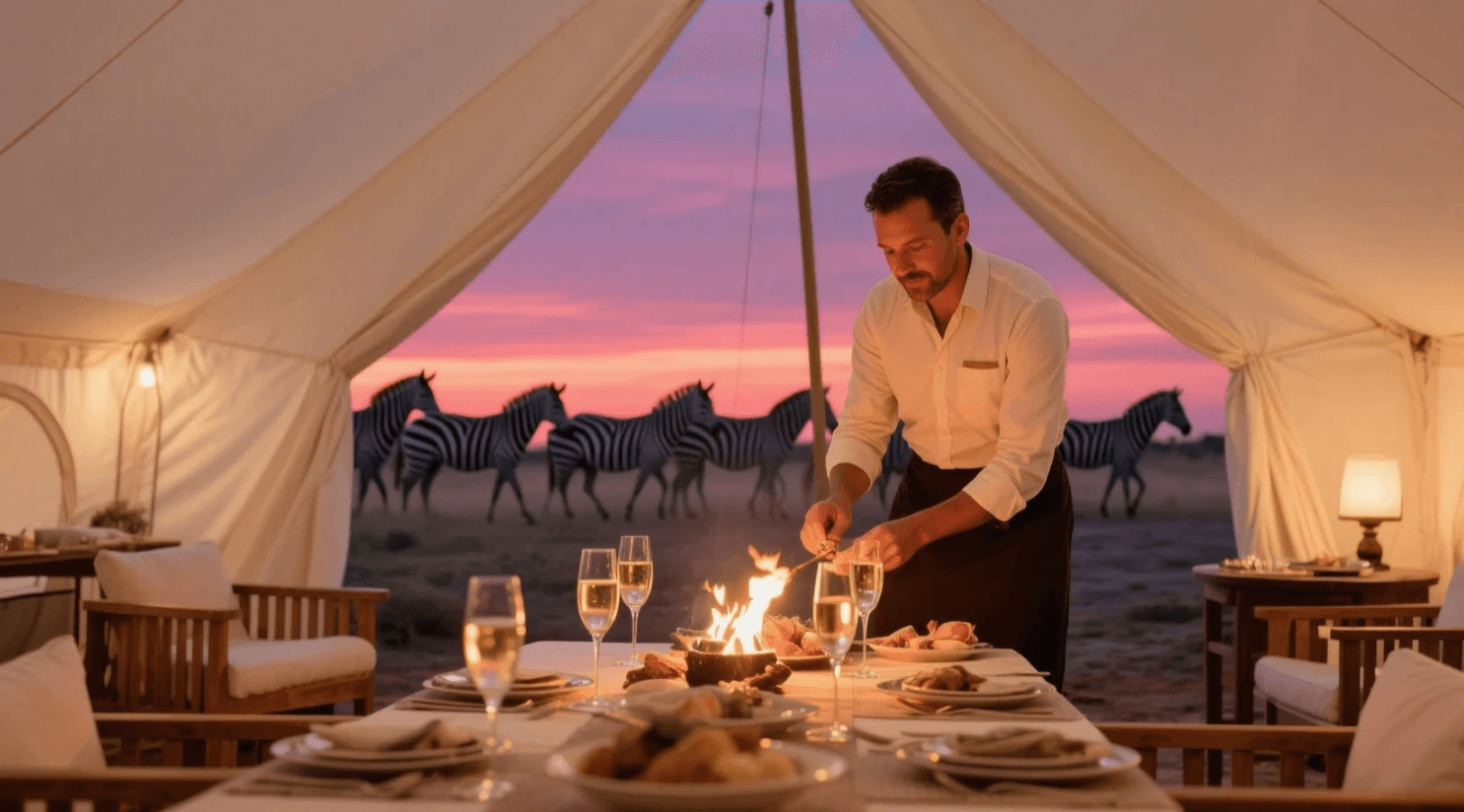How to Plan a Safari in Kenya: Costs, Parks & Expert Tips
Introduction: Why a Kenya Safari Should Be on Your Bucket List Have you ever dreamed of witnessing a lioness stalking her prey across golden grasslands, or watching thousands of wildebeest thunder across the Mara River? Kenya offers some of the most breathtaking wildlife encounters on Earth—with over 40 national parks and reserves, it’s no wonder 1.5 million tourists flock here annually for safaris (Kenya Tourism Board, 2023).  But planning the perfect Kenya safari can feel overwhelming. How much should you budget? Which parks are worth it? And how do you avoid tourist traps? This guide breaks down everything you need to know—from cost-saving hacks to hidden-gem parks—so you can experience Africa’s wild heart without the stress. The Biggest Challenges When Planning a Kenya Safari Before diving into the details, let’s address common pain points travelers face: Budget Confusion – Is a $200/day safari too good to be true? What’s included? Park Overload – With so many options, how do you pick the right ones? Timing Mistakes – Missing the Great Migration or rainy season can ruin your trip. Scams & Low-Quality Tours – Not all safari operators are trustworthy. Luckily, a little research goes a long way. Let’s solve these problems step by step. Step 1: Kenya Safari Costs – How Much Should You Really Spend? A Kenya safari cost varies wildly—from 150to1,500 per day. Here’s what impacts pricing: Budget Breakdown (2024 Estimates) Safari Type Avg. Cost Per Day What’s Included? Budget Camping 150–300 Shared tents, basic meals, park fees Mid-Range Lodge 350–700 Private rooms, guided drives, better food Luxury Safari 800–1,500+ Private guides, premium lodges, champagne sundowners Pro Tip: Always confirm if park fees (50–100/day) are included. Some budget operators sneak them in later. Money-Saving Hacks Travel in shoulder seasons (April–May, November) for 30% lower rates. Book locally – Kenyan tour operators are often cheaper than international agencies. Group tours slash costs—shared vehicles mean big savings. Step 2: Choosing the Best National Parks in Kenya Not all parks are equal. Here’s where to go for wildlife, scenery, and fewer crowds: 1. Masai Mara – The Crown Jewel Why go? The Great Migration (July–Oct)—1.5 million wildebeest crossing rivers. Best for: Big cats, hot-air balloon safaris, cultural Maasai visits. Hidden gem: Mara North Conservancy (fewer vehicles, same wildlife). 2. Amboseli – Elephants & Kilimanjaro Views Why go? Iconic elephant herds with Mt. Kilimanjaro as a backdrop. Best for: Photography, shorter safaris (easy from Nairobi). 3. Tsavo – Kenya’s Hidden Wilderness Why go? Fewer tourists, dramatic red-dust landscapes, and rare species like fringed-eared oryx. Best for: Off-the-beaten-path adventurers. Avoid: Nairobi National Park (great for a quick stop, but not a true wilderness experience). Step 3: When to Go – Timing Your Safari Perfectly Great Migration (July–Oct) – Crowded but unbeatable wildlife action. Shoulder Seasons (Jan–Mar, Nov–Dec) – Lower prices, still great sightings. Avoid April–May – Heavy rains can close roads. Pro Tip: June is a sweet spot—fewer tourists, dry weather, and cheaper rates. Step 4: Booking Tips – How to Avoid Safari Scams Check Reviews – Look for 5-star ratings on SafariBookings.com. Ask About Vehicle Quality – Open-roof Land Cruisers > cramped minivans. Avoid “Too Good to Be True” Deals – If it’s $100/day for luxury, it’s a scam. Trusted Operators: Gamewatchers Safaris (mid-range, ethical) **&Beyond** (luxury, top-tier guides) Conclusion: Your Dream Kenya Safari Awaits Planning a Kenya safari doesn’t have to be stressful. Set a budget, pick the right parks, time it well, and book with a reputable operator—then get ready for the adventure of a lifetime. Final Tip: Pack neutral-colored clothing (no bright colors!), a good zoom lens, and patience—wildlife doesn’t run on a schedule.  Sources: Kenya Tourism Board (2023). Annual Visitor Statistics. SafariBookings.com (2023). Kenya Safari Cost Report. WWF Kenya (2022). Wildlife Conservation & Tourism Impact Study. Now, where’s your first stop—Masai Mara or Amboseli? |
Mkhize
|
2025.05.08




